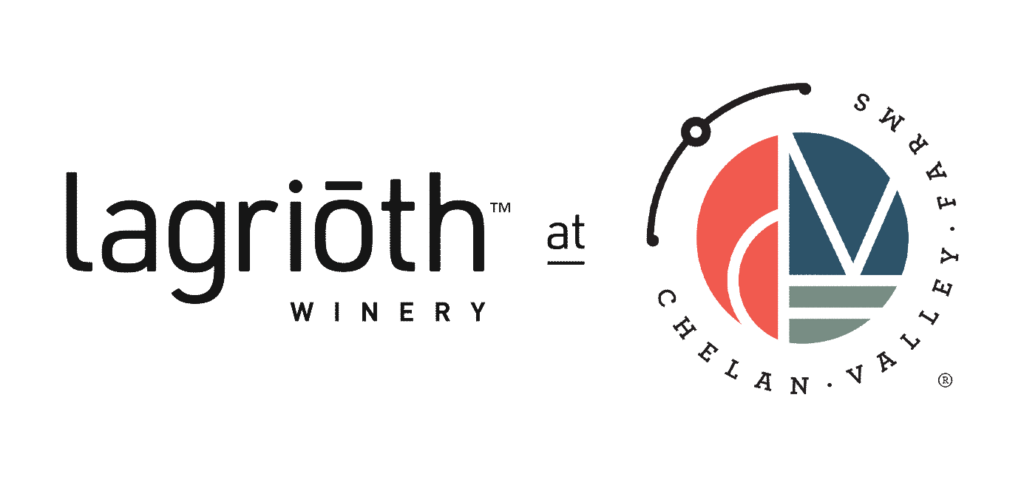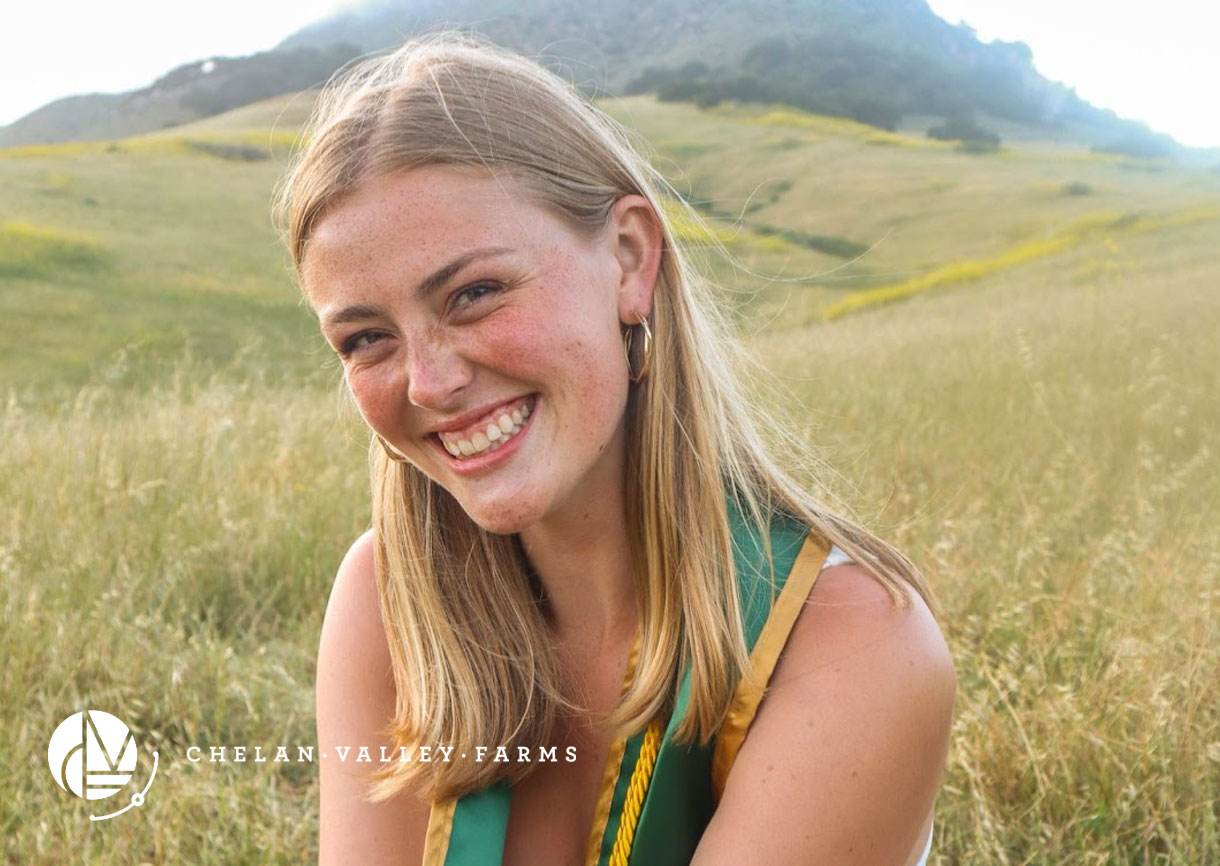The Native Pollinator Attraction Garden. by Emma McLaren
Hello everyone! Today I wanted to talk to you about the importance of biodiversity and what we intend to do to support native plants and pollinators at Chelan Valley Farms.
Although there is already an abundance of pollinators throughout the farm working in the orchards, vineyards, and cutting gardens, I thought it would be beneficial to have a designated pollinator garden full of native species to the Chelan Valley. Biodiversity is important because it plays a crucial role in maintaining ecosystem health and functioning. By creating a designated pollinator garden full of native species to the Chelan Valley, we can further enhance the existing abundance of pollinators on the farm. The diverse range of plant species in the garden will provide a continuous and varied source of nectar and pollen, ensuring a stable food supply for pollinators. This, in turn, promotes their population growth and resilience. Additionally, the presence of native plant species specifically adapted to the local environment will attract a wider array of pollinators, including specialized ones that may not be as prevalent in other parts of the farm. By fostering a thriving and diverse community of pollinators, we not only contribute to the preservation of local plant species but also support the overall health and productivity of the farm’s agricultural systems. Moreover, a vibrant pollinator garden can serve as an educational tool, raising awareness about the importance of biodiversity and inspiring others to create similar habitats, thus contributing to the conservation of pollinators beyond the farm’s boundaries.
I began my research by downloading a copy of the Washington Native Plant Species (WNPS) list, specific to Chelan County. The WNPS list was compiled from data found in the University of Washington and Washington State herbarium, in addition to Thayne Tuason’s Central Washington Native Plant (CWNP) website. After obtaining this document, I was able to see the scientific and common name of every known native vascular species in Chelan County. Furthering my research, I discovered a regional guide for selecting plants for attracting pollinators in the Cascade Mixed Forest, Coniferous Forest, and Alpine Meadow Province of Washington and Oregon. This list was compiled by the Pollinator Partnership and North American Pollinator Protection Campaign as a regional guide for farmers, land managers, and gardeners. In addition to including the scientific and common names of the various pollinator attractor plants, this document also provided information regarding habitat requirements, season of bloom, visitation by specific pollinator, sun exposure preference, and ideal soil type of each plant. After cross referencing the list of native vascular plants to Chelan County between the pollinator attraction plants, primarily in the Alpine Meadow Province, I was able to compile a new list of native pollinator attractor plants to Chelan County. I then created a word document of photos of each species, along with their scientific and common name. This document is attached in this blog post for you to utilize in your own garden!
Moving forward, planting the native species is expected to take place once the snow melts in the Spring of 2024. I am hopeful that advertising this new designated area for biodiversity will become an attraction within the valley, providing an opportunity to educate visitors on the importance of healthy ecosystems. It has been a fulfilling experience to create a garden that will increase the overall environmental health of Chelan Valley Farms while furthering my knowledge of the native plants in my hometown. Thank you for following along this week, and I hope you choose to plant native pollinator attractor plants in your garden!
- Vascular Plant List for Chelan County: List (wnps.org)
- Regional guide for selecting plants for attracting pollinators in the Cascade Mixed Forest, Coniferous Forest, and Alpine Meadow Province of Washington and Oregon: CascadeMixedrx8FINAL.pdf (pollinator.org)
- Emma’s compiled list of native pollinator attractor plants to Chelan County: Pollinator Garden
Have a great weekend everyone!
Emma




Yay, Emma!
Emma rocks!